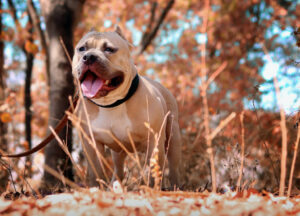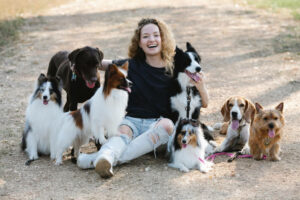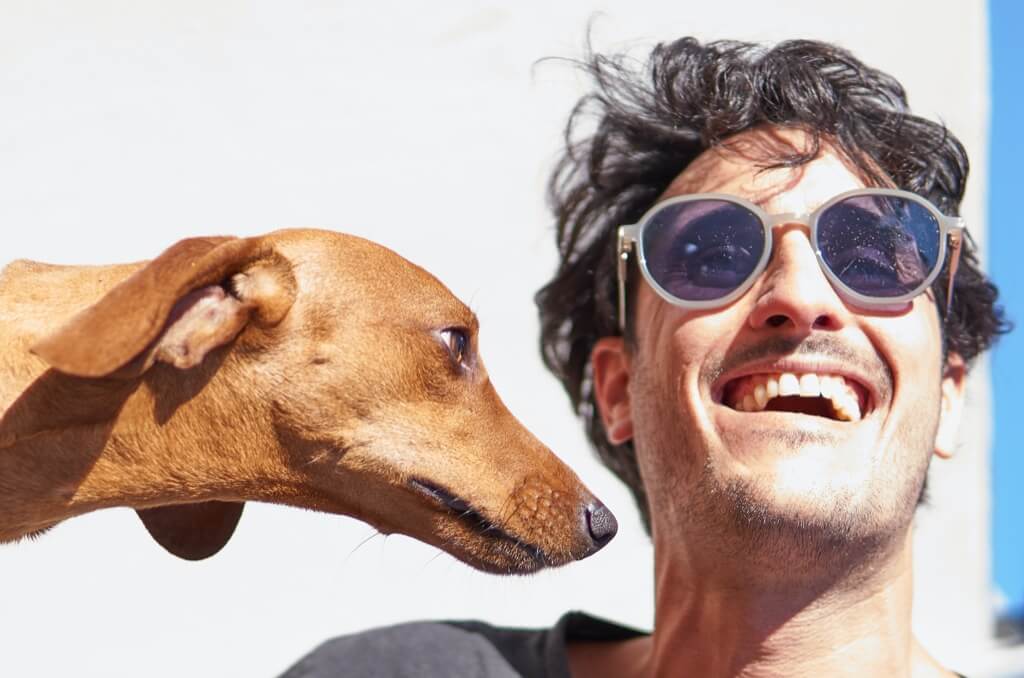The belief that a dog’s mouth is cleaner than a human’s has circulated for years, perpetuated by observations of dogs cleaning wounds with their tongues. However, this notion is debunked when we consider the hygiene practices and behaviors of our canine companions.
Contrary to popular belief, dogs do not maintain cleaner mouths than humans. Their propensity for putting their mouths on various surfaces, using their tongues as makeshift toilet paper, and not practicing oral hygiene contributes to a thriving environment for germs. The myth of a dog’s sterile mouth is dispelled when examining the variety of infections linked to dog bites, including Pasteurella, tetanus, rabies, klebsiella, proteus, E. coli, and Eikenella.
In a bit of online research a study comparing bacterial colonies in canine and human mouths, researchers discovered a higher concentration of microorganisms in the former. The research involved analyzing samples taken post-meal before teeth cleaning. The results, scaled from 1 to 4, revealed that a significant portion of canine mouths ranked as “3” or “4” (considered less clean), while human mouths exhibited a cleaner distribution. This data aligns with the logical assumption that a creature indulging in unhygienic practices would harbor a greater variety of bacteria.
The myth likely originated from the observation that dogs clean wounds with their tongues, contributing to a perception of heightened cleanliness. However, this behavior does not make a dog’s mouth inherently cleaner. Another version of the myth stems from outdated medical beliefs regarding human bites versus dog bites. Recent research has debunked the notion that human bites pose a significantly higher risk of infection, challenging long-standing misconceptions.
The Surprising Science of Dog Saliva
Contrary to the common belief that a dog’s mouth is unclean, scientific evidence suggests that both dog and human saliva possess antibacterial and antimicrobial properties. Dog saliva exhibits bactericidal effects against Escherichia coli (E. coli) and Streptococcus canis. This challenges the prevailing notion that a dog’s mouth is less sanitary than a human’s.
While the antibacterial properties of dog saliva are intriguing, it’s crucial to note that this doesn’t necessarily equate to overall cleanliness.
The Myth of the Hygienic Animal
Surprisingly, animals like pigs challenge stereotypes, with pigs being known for their cleanliness. They refuse to excrete near their living or eating areas, defying preconceived notions about hygiene in the broader animal world.
Examining the behavior of dogs in self-cleaning rituals provides insights into their hygiene practices. Dogs use their tongues not only for grooming but also for removing dirt, debris, and dead tissue from their coats.
The Dual Nature of Dog Licking
While dogs licking wounds may seem like a natural healing instinct, caution is advised. Allowing dogs to lick wounds poses potential risks, including the transmission of bacteria like capnocytophaga. Understanding the consequences of this behavior highlights the need for responsible wound care practices in the presence of canine companions.
Face Licking
The age-old question of whether it’s safe to let dogs lick faces prompts an exploration of the risks involved. While experts suggest some precautions, such as avoiding sensitive areas around the nose and mouth, the act of letting dogs lick faces is examined in the context of affection, emphasizing responsible hygiene practices.
Understanding Canine Oral Hygiene
Maintaining your dog’s oral hygiene is crucial for overall health. While debunking the myth of a dog’s mouth being cleaner than a human’s, it’s essential to prioritize dental care. Regularly brushing your dog’s teeth helps prevent the buildup of plaque and bacteria, ensuring a healthier oral environment for your furry friend.
Safe Practices for Dog Affection
Dogs often show affection through licking, but it’s important to establish boundaries. When allowing your dog to lick your face, be cautious about sensitive areas like the nose and mouth. Implement a post-licking routine by washing your face and hands to minimize potential health risks. By practicing responsible hygiene, you can enjoy affectionate gestures without compromising your well-being.
Alternative Cleaning Methods
While dogs naturally use their tongues for cleaning, introducing alternative methods can enhance their hygiene. Consider using veterinarian-approved dental chews, toys, or specialized cleaning solutions. These alternatives contribute to maintaining a clean and healthy mouth for your dog, addressing oral hygiene from multiple angles.
Addressing Canine Bad Breath
Bad breath in dogs is a common concern and can indicate underlying dental issues. Combatting bad breath involves a combination of dental care practices. In addition to regular brushing, provide dental treats or toys designed to freshen your breath. If bad breath persists, consult your veterinarian for a comprehensive oral health assessment.
Promoting Responsible Wound Care
Despite popular beliefs, allowing your dog to lick wounds may not be the best approach to promote healing. Instead, focus on responsible wound care by cleaning injuries with pet-safe antiseptics and keeping them covered. This proactive approach minimizes the risk of infections and ensures a conducive environment for the healing process.
Canine Dietary Impact
Diet plays a significant role in your dog’s oral health. Opt for high-quality dog food that supports dental health. Some specialized dog foods are designed to reduce plaque and tartar buildup. Additionally, incorporating dental treats or providing raw bones for chewing can contribute to maintaining clean teeth and gums.
Observing Signs of Oral Health Issues
Being attentive to signs of oral health issues in your dog is crucial. Watch for indications such as excessive drooling, inflamed gums, or changes in eating habits. If you notice any abnormalities, consult your veterinarian promptly. Regular check-ups and early intervention can prevent potential dental problems and contribute to your dog’s overall well-being.
Creating a Comfortable Teeth-Brushing Routine
Introducing your dog to teeth brushing can be a gradual and positive experience. Start by allowing them to explore the toothbrush and toothpaste gradually. Use positive reinforcement, such as treats or praise, to create a rewarding association with the brushing routine. Implementing a consistent and comfortable routine makes oral care a stress-free experience for both you and your dog.
Potential Health Risks Of Dog Licks
- Allowing your dog to lick you exposes you to a variety of bacteria and germs present in their mouths. Contrary to the myth of a dog’s mouth being cleaner, it harbors numerous microorganisms that can potentially lead to infections. Dogs explore their surroundings using their mouths, and when they lick, they transfer these bacteria to your skin, increasing the risk of illness.
- Dogs can carry bacteria like capnocytophaga, which, when transferred through licking, poses potential health risks. For individuals with compromised immune systems, exposure to these bacteria can result in severe health consequences. Considering the potential dangers, it’s essential to be cautious and mindful of the areas on your body that your dog licks.
- Zoonotic infections are diseases that can be transmitted between animals and humans. Allowing your dog to lick you increases the risk of contracting zoonotic infections. These infections can manifest in various ways, affecting both your skin and internal systems. Practicing caution and understanding the potential risks is crucial to maintaining good health.
- While a dog’s mouth may not be antiseptic, their saliva does contain some antibacterial properties. However, the constant exposure to their saliva, especially in sensitive areas like the face, can have unintended consequences for your oral health. This includes potential issues with gums, teeth, and the overall balance of oral flora.
- Allowing your dog to lick you without setting clear boundaries can lead to behavioral challenges. Dogs may interpret unrestricted licking as a form of dominance or control. Establishing boundaries ensures a healthier and more balanced relationship with your dog. It also prevents behaviors that might become problematic, especially if your dog begins to assert dominance in other areas.
- Not everyone is comfortable with dogs licking, and it’s important to consider social implications. When your dog licks excessively or in public spaces, it can create discomfort for others. Being mindful of social norms and respecting the boundaries of those around you contributes to a positive and considerate interaction between your dog and the community.
- For individuals with allergies or sensitive skin, constant licking from a dog can exacerbate existing conditions. Dog saliva contains proteins that may trigger allergic reactions in some people. Additionally, repeated licking can irritate the skin, leading to discomfort and potential skin issues.
- Uncontrolled licking can reinforce undesirable behavior in your dog. If your dog receives positive reinforcement or attention through licking, they may perceive it as acceptable behavior. This can lead to challenges in training and may result in difficulties in curbing excessive licking habits.
The belief that human bites carry a substantially higher infection risk than dog bites has been refuted by recent research. Outdated medical journals perpetuated this myth, particularly emphasizing hand bites. However, current evidence shows that human bites do not pose a greater risk of illness than animal bites, which typically result in approximately 10% of cases of infection. This revelation challenges historical medical assumptions and underscores the importance of updated information in understanding health risks.

How to Get What You Want in Four Different Ways There are 4 methods for…

Nearly time for your fur baby to come home; are you ready? To make sure…

After a string of attacks on humans, some of which resulted in human deaths, pit…

Unveil the Secrets of Dog Nutrition with the The Dog Food Masterclass!” Dive deep into…

